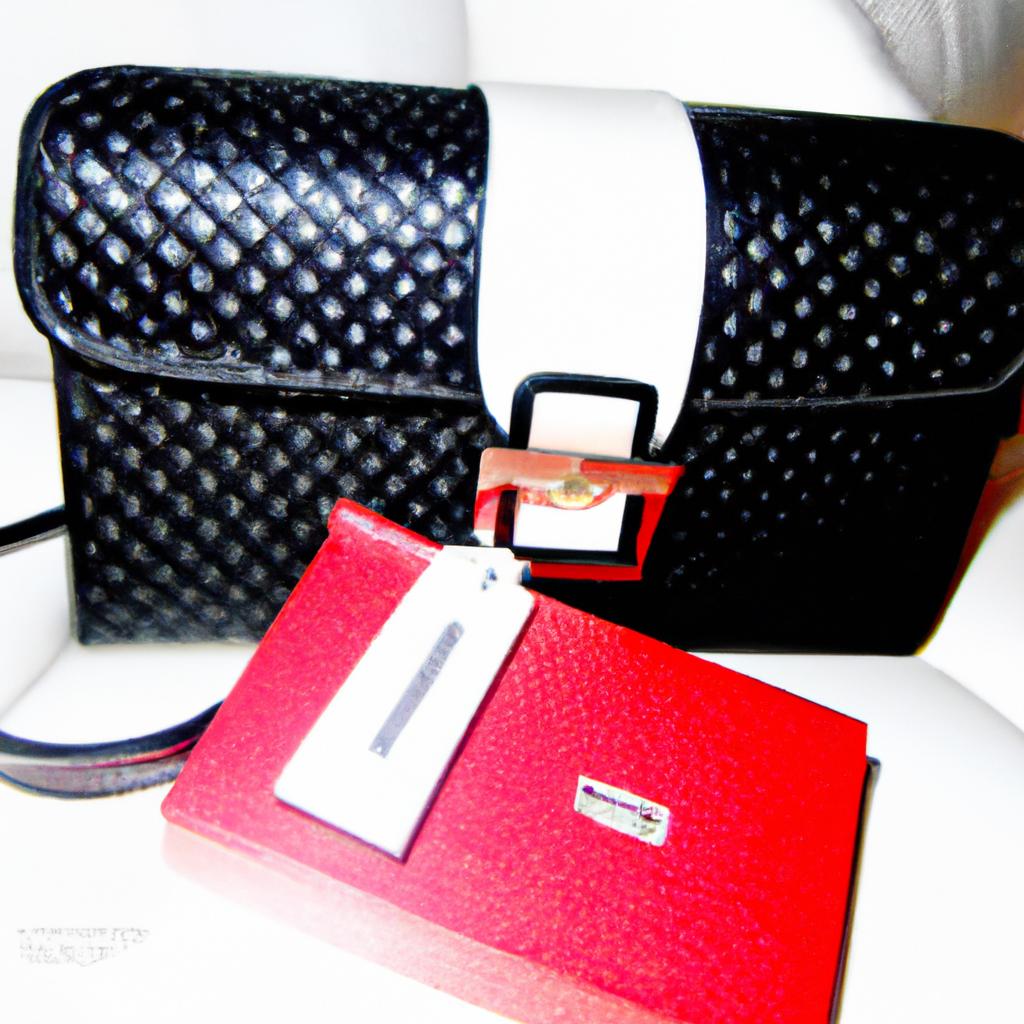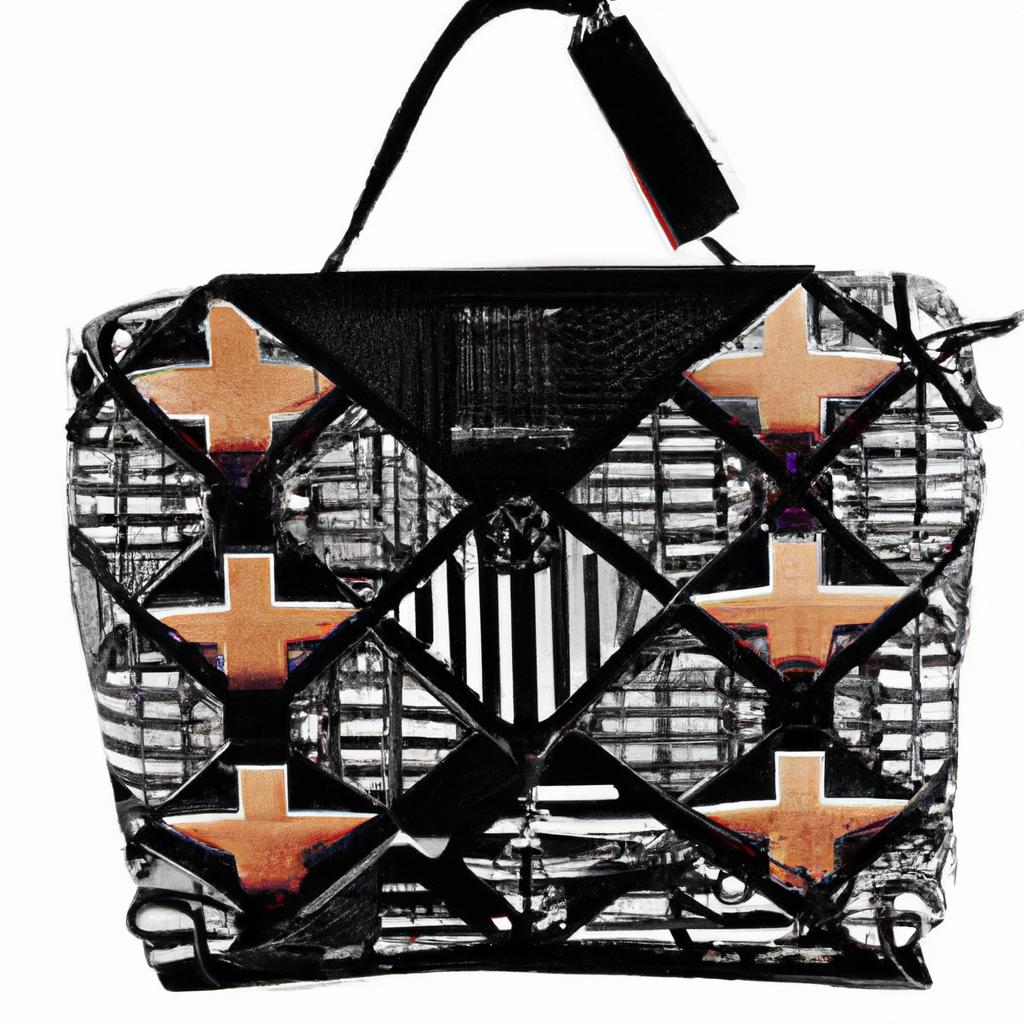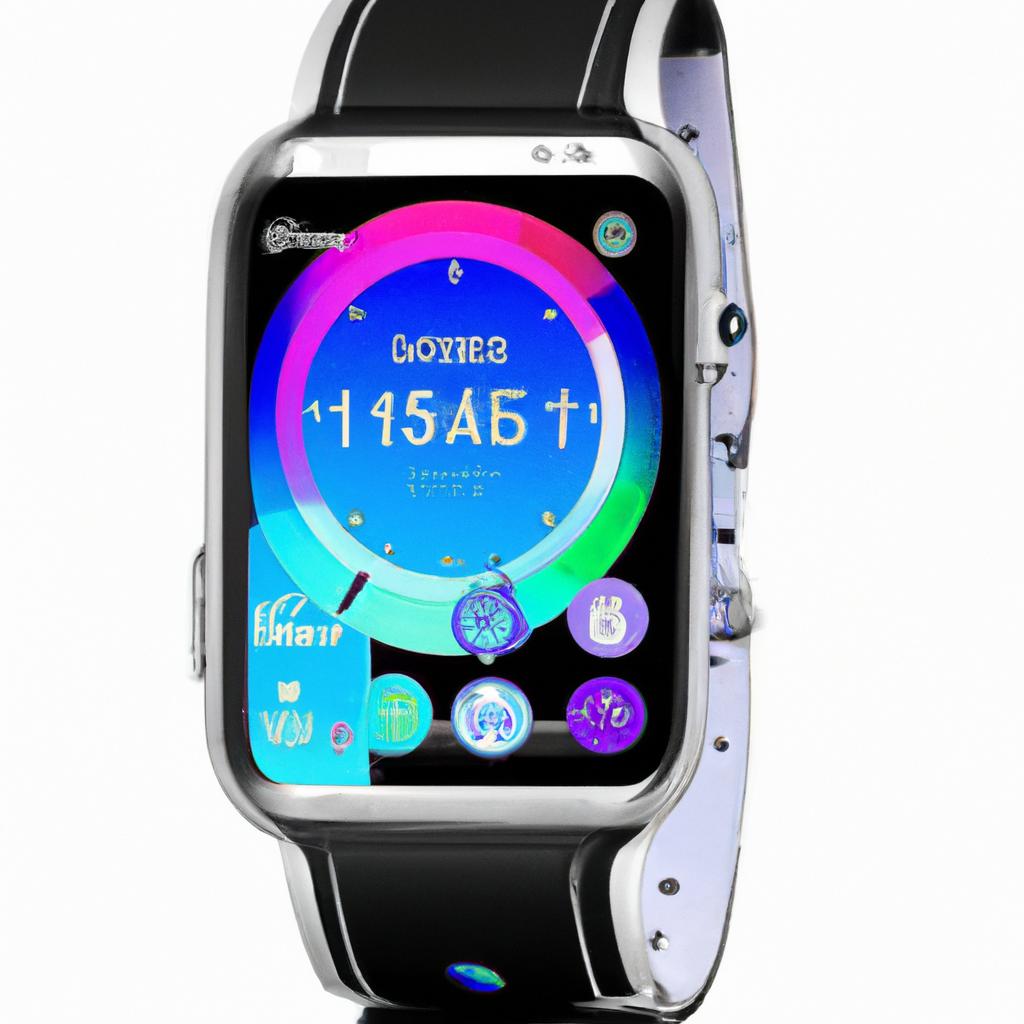
Introduction to Fashion Shows
Welcome to the glamorous world of fashion shows! These events are an integral part of the fashion industry and play a crucial role in showcasing the latest collections from top designers. They are highly coveted and exclusive events, attended by industry professionals, celebrities, and fashion enthusiasts alike.
Fashion shows are more than just a runway display of clothes; they are elaborate productions that combine art, culture, and business. They provide a platform for designers to exhibit their creativity and vision while setting the trends for the upcoming season.
Some of the top fashion shows around the world include New York Fashion Week, Paris Fashion Week, London Fashion Week, and Milan Fashion Week. Each of these shows has its own unique history, style, and significance in the fashion industry.
Why Are Fashion Shows Important?
Fashion shows are essential for the success and growth of the fashion industry. They not only showcase the latest collections but also serve as a networking platform for designers, buyers, and media. These events bring together the best in the industry and facilitate collaborations, partnerships, and exposure for designers.
Moreover, fashion shows also shape the trends for the upcoming season. The styles, colors, and silhouettes seen on the runway often trickle down to the mainstream market, influencing what we see in stores and on the streets.
Additionally, fashion shows are a celebration of art and diversity. They showcase the fusion of different cultures, perspectives, and fashion sensibilities, making it a truly global event. They also provide opportunities for aspiring models and designers to make a name for themselves in the industry.
Overview of the Top Fashion Shows Around the World
As mentioned earlier, the top fashion shows around the world include New York, Paris, London, and Milan Fashion Week. These events are held twice a year, in February and September, to showcase the collections for the upcoming seasons.
New York Fashion Week is known for its commercial and accessible collections, while Paris Fashion Week stands out for its high-end luxury brands. London Fashion Week is known for its experimental and avant-garde designs, while Milan Fashion Week is a fusion of glamour and tradition.
Each of these fashion weeks also has satellite events that cater to specific markets, such as Miami Swim Week for swimwear, Bridal Fashion Week for wedding dresses, and Men’s Fashion Week for men’s fashion.
Now that you have an overview of the top fashion shows around the world and their significance, let’s dive into the heart of fashion shows – the latest collections and runways!
Latest Collections at Fashion Shows
Fashion shows are not just about glamorous runway walks and stunning outfits, they are also a platform for designers to showcase their latest collections to the public. These collections play a crucial role in shaping the fashion trends of the season and influencing the choices of both consumers and fashion insiders.
Each fashion show presents a unique collection that reflects the designer’s vision and inspiration. From haute couture to ready-to-wear, the collections range in styles, colors, and themes, catering to different tastes and preferences.
The major fashion trends for a season are often seen first on the runways of fashion shows. These trends are then translated into more wearable pieces by high street brands and ultimately influence the fashion choices of the general public. Fashion shows give designers a platform to push boundaries and experiment with new styles, making them a trendsetter in the industry.
Key designers play a major role in these shows, as their collections are eagerly awaited by fashion enthusiasts and industry professionals. They have the power to set the tone for the season and inspire other designers to follow suit.
The role of fashion shows in showcasing these collections is significant as it brings the creations to life on the runway. The models, music, and set design add to the overall presentation, making it a visual spectacle for the audience.
Without fashion shows, these collections may not receive the same level of attention and appreciation from the public. It allows designers to tell a story through their collections and connect with the audience on a deeper level.
Behind the Scenes
Creating a fashion show and a collection is a long and intensive process that involves many individuals, from the designers to the models, stylists, and production team. It can take months of planning, designing, and fittings to bring a collection to the runway.
Designers draw inspiration from various sources such as art, culture, history, and personal experiences. They then work on sketches and fabric selections before creating prototypes and final pieces. The final collection is then styled and presented on the models during fittings to ensure a cohesive and impactful presentation on the runway.
- Fun fact: Did you know that the average fashion show lasts only about 15 minutes?
- The hard work and dedication put into creating these collections are what make them so special and sought after in the fashion industry.
Fashion shows truly encapsulate the creativity, innovation, and talent within the world of fashion, making them an integral part of the industry. They continue to wow audiences around the world and inspire new fashion trends every year.
A Closer Look at Fashion Show Runways
Fashion show runways are more than just a catwalk for models to showcase the latest collections. They are carefully designed and curated to enhance the overall presentation and impact of the fashion show. Let’s take a closer look at the different elements that make up a fashion show runway.
Set Design and Production
The set design of a fashion show runway is an important aspect that sets the mood and tone for the entire event. It can range from being simple and minimalistic to elaborate and extravagant, depending on the designer’s vision for their collection. The set design also includes lighting, music, and special effects which all contribute to creating a captivating atmosphere for the audience.
Types of Runways
There are various types of runways used in fashion shows, each with its own unique purpose and visual impact. The most common types include:
- Straight runway: This is the traditional runway style, where models walk in a straight line towards the audience. It is commonly used for large-scale fashion shows.
- U-shaped runway: As the name suggests, this type of runway is shaped like a “U” and allows for a better view of the models as they walk back and forth.
- T-shaped runway: This type of runway has an additional middle section, allowing the models to present their collection from multiple angles.
- Circular runway: A circular runway allows for a 360-degree view of the models and their outfits, making it a popular choice for showcasing accessories or intricate details.
The Role of Models
Models play a crucial role in bringing the designer’s vision to life on the runway. They are carefully selected to represent the brand and their collections, as well as to embody the aesthetic and message of the designs. Their job is not only to walk the runway but also to showcase the clothes and evoke emotions that resonate with the audience.
Furthermore, models also have the power to inspire and influence trends and fashion choices through their presence on the runway and social media.
Conclusion
Fashion show runways are a vital element in presenting the latest collections and trends to the world. They are a visual representation of the designer’s creativity, the models’ talent, and the fashion industry’s ever-evolving landscape. Paying attention to the set design, types of runways, and the role of models can enhance your understanding and appreciation of fashion shows and their impact on the industry.
The Experience of Attending a Fashion Show
For fashion enthusiasts and industry professionals, attending a fashion show is a highly coveted and exclusive event. It allows individuals to witness the latest collections firsthand and gain insight into the current trends in the fashion industry.
The experience of attending a fashion show is unlike any other. The anticipation builds as attendees wait for the show to begin, with the energy and excitement palpable in the room. As the lights dim and the music starts, models strut down the runway, showcasing the designer’s vision and creativity. The atmosphere is electric as attendees witness the designs come to life on the runway.
Besides being a visual spectacle, attending a fashion show also offers networking opportunities for industry professionals. It allows them to connect with other fashion insiders and potentially collaborate on future projects. For fashion enthusiasts, it’s a chance to see their favorite designers up-close and personal and potentially interact with them.
In addition to the impact on individuals, fashion shows have a significant influence on the fashion industry as a whole. They are where new trends are introduced and established, and where designers can showcase their talent and set themselves apart in a competitive industry. These events also generate media attention, making them a crucial platform for designers to gain exposure and attract potential buyers.
Gaining Access to Fashion Shows
Attending a fashion show is not easy. These events are known for being exclusive and invite-only, leaving many people wondering how to gain access. Industry professionals can receive invitations through their connections or by being accredited as press. For fashion enthusiasts, it may be more challenging, but some fashion shows offer tickets for purchase or giveaways through social media contests.
For those unable to attend in person, technology has made it possible to experience fashion shows virtually. Many shows now livestream their events or provide footage and updates on social media platforms. This allows a wider audience to view the collections and stay updated on the latest trends.
In conclusion, attending a fashion show offers a unique and exciting experience that can have a significant impact on both individuals and the fashion industry. Whether in person or virtually, these events showcase the latest collections and trends and allow individuals to network and connect with others in the industry. As the fashion world continues to evolve, fashion shows will remain a vital part of the industry, providing a platform for creativity and innovation.
A Spotlight on Iconic Fashion Shows and Collections
Over the years, fashion shows have become more than just a platform to showcase the latest collections. They have become cultural events that capture the attention of the world and leave a lasting impact on the fashion industry. Let’s take a closer look at some of the most iconic fashion shows and collections in history, including memorable moments and controversies.
- The Chanel Spring/Summer 1991 collection at the Ritz in Paris, which marked the return of Coco Chanel’s designs to the fashion house after a 12-year hiatus. Supermodels Naomi Campbell and Linda Evangelista famously walked down the runway arm in arm, solidifying the power of the “supers” in the industry.
- Alexander McQueen’s Fall/Winter 1995 “Highland Rape” collection, which sparked controversy for its use of tartan fabrics and provocative themes. Despite the backlash, the show is now regarded as a groundbreaking moment in McQueen’s career and in the fashion world.
- The debut of Hedi Slimane’s first collection for Saint Laurent in 2012, which ignited a new era for the iconic fashion house. Slimane’s rock and roll aesthetic and use of skinny silhouettes garnered both praise and criticism, but it ultimately cemented his influence in the industry.
Behind-the-scenes, designers and models work tirelessly to create these iconic fashion shows and collections. From the initial concept and design process to the final production and presentation, it takes a team of talented individuals to bring these visions to life on the runway.
But beyond the glitz and glamour, fashion shows also play a crucial role in pushing boundaries and sparking important conversations. From diversity and inclusivity to sustainability and social justice, designers use their platforms to make powerful statements through their collections and shows.
Overall, these iconic fashion shows and collections serve as a testament to the power of fashion and its ability to make a lasting impact on society. They continue to inspire and influence the industry, making fashion shows more than just a showcase of new clothing, but a cultural phenomenon.
Conclusion: The Evolution of Fashion Shows and Staying Updated
In conclusion, fashion shows have come a long way since their beginnings as exclusive events for industry insiders. Today, they are larger-than-life productions that not only showcase the latest collections but also set global fashion trends. With the rise of social media, fashion shows have also become more accessible to the public, with live streams and real-time updates from attendees providing an inside look at the action.
It is important for fashion enthusiasts and professionals alike to stay updated on the latest fashion shows and collections. These events not only offer a glimpse into the upcoming trends, but also provide valuable insights into the creative process behind designing a collection. Attending a fashion show can be a once-in-a-lifetime experience, but even following them online allows for a deeper understanding of the industry and its constant evolution.
If you are interested in attending a fashion show, keep an eye out for announcements and ticket sales. Often, fashion schools or organizations may also hold smaller shows that are open to the public. It is also important to do some research beforehand to familiarize yourself with the designers and their collections, as well as the expected dress code and etiquette at the event.
In today’s fast-paced fashion industry, staying updated on the latest collections and runways is crucial. From New York to Paris, fashion shows continue to captivate and inspire audiences around the world. As they constantly evolve and push boundaries, they remain a powerful force in shaping the world of fashion.
comments: 0


 Redefining Fashion: How Startups are Disrupting the Industry
Redefining Fashion: How Startups are Disrupting the Industry  Revolutionizing the Runway: How Social Media is Transforming Fashion
Revolutionizing the Runway: How Social Media is Transforming Fashion  Unveiling the Business of Fashion: A Look into its Impact on the Global Economy
Unveiling the Business of Fashion: A Look into its Impact on the Global Economy  Finland’s Down’s model Maija makes strides on catwalk
Finland’s Down’s model Maija makes strides on catwalk  How to Create Adjustment Layers Based on Color
How to Create Adjustment Layers Based on Color  Fashion Fusion: The Impact of Designer Collaborations on the Industry
Fashion Fusion: The Impact of Designer Collaborations on the Industry  Revolutionizing Fashion: How Technology is Shaping the Industry Today
Revolutionizing Fashion: How Technology is Shaping the Industry Today  From East to West: Exploring Global Fashion Trends Across Continents
From East to West: Exploring Global Fashion Trends Across Continents  Cruising in Style with CarmelLimo: Because You Deserve to Feel Fancy
Cruising in Style with CarmelLimo: Because You Deserve to Feel Fancy  Dress to Impress: Essential Menswear for Every Weather Condition
Dress to Impress: Essential Menswear for Every Weather Condition